Karemat, step platform, fitball, bodybar and other additional sports equipment, in addition to "standard hardware" in fitness clubs is also quite common. You can find and use it in almost any club, be it economy, standard or luxury. Along with simulators and free weights, it plays an important role in the training process. But which one? And how can they supplement or diversify the training process? In order to understand this, we have compiled this list of sports equipment and inventory.
First of all, I would like to say that most of the inventory below could be attributed to group fitness classes, but since it is increasingly being used in the gym and in functional training, such a statement would be wrong. It can be used in strength and cardio training, personal and group training, in the gym, fitness room and just outside. The simplicity of the designs, along with their effectiveness, allows you to significantly expand the range of exercises performed for any type of training. How exactly, or how it is implemented in practice, we will be told by photographs and a description of sports equipment.
Sports Equipment
Dumbbells. Despite the fact that dumbbells in their classic form are most often found in the gym, this does not prevent manufacturers from releasing them separately for fitness classes and other functional types. These differ from the harsh metal dumbbells for the hall in a more cheerful coloring, a monolithic rubberized structure, a multifaceted shape and a small step in weight, which, however, does not change the semantic load.
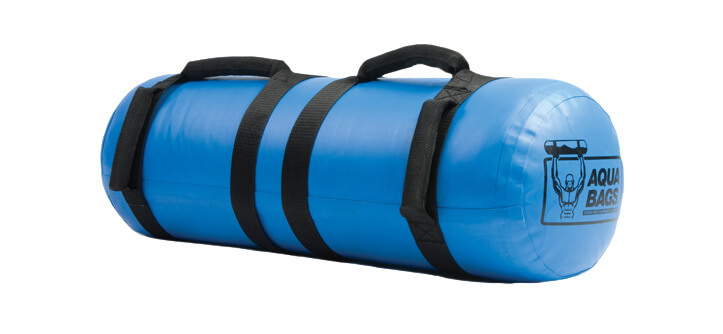
Aquabag. This invention is characterized by the fact that such a bag has a movable center of gravity, therefore it is excellent for training the general functionality of the body, for which it was actually designed. Due to the fact that it is rather difficult to balance it in any position because of the liquid filler, stabilizing muscles are included in the work, which during classical strength training may not be involved in the work.
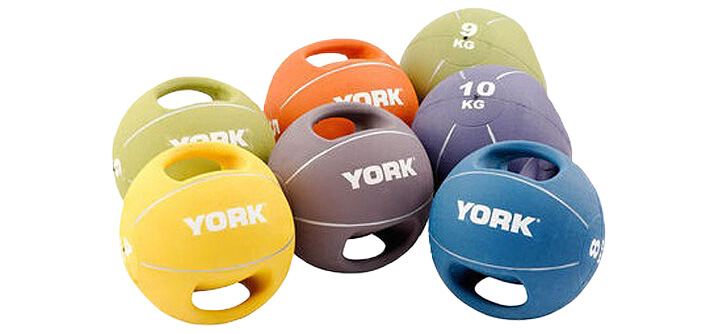
Medball. He's a medicine ball. An extremely popular product both in the sports environment and in rehabilitation medicine. It is used in physical education, fitness, functional training, martial arts and more. It has a dense filler (sand, sawdust, gel granules) due to which it does not spring and does not bounce off the surface, but dampens shocks. With it, you can perform exercises for all muscle groups: legs (squats), back (pullover), chest (push-ups), abs and more.
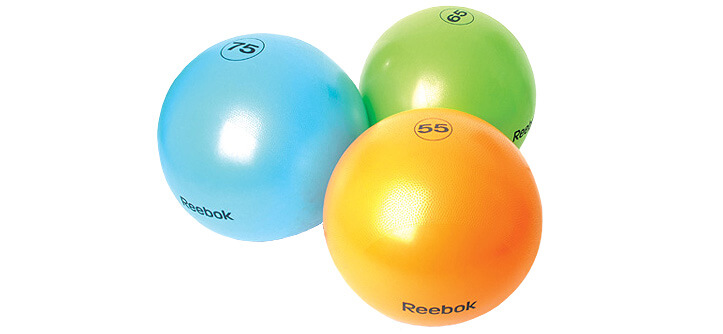
Fitball. Durable inflatable fitness ball. For what exercises it is not intended. Push-ups with feet on the floor or feet on the ball, squats, with the ball on outstretched arms or overhead, numerous abdominal exercises, such as crunches lying on the floor with a ball in their hands, lying leg lifts with the ball sandwiched between the ankles and Not only. Many exercises can also be performed while lying down or sitting on the ball.
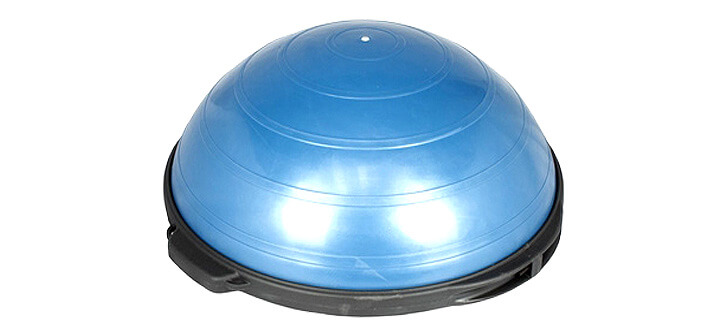
Balance board. Or a coordination board. Designed to develop a sense of balance, coordination and training of the vestibular apparatus. Such a board improves the sense of balance, promotes the development of static and dynamic balance and strengthens the muscles (both their main groups and smaller stabilizing muscles). It is used in fitness, functional training, as well as in rehabilitation medicine to develop the appropriate qualities.
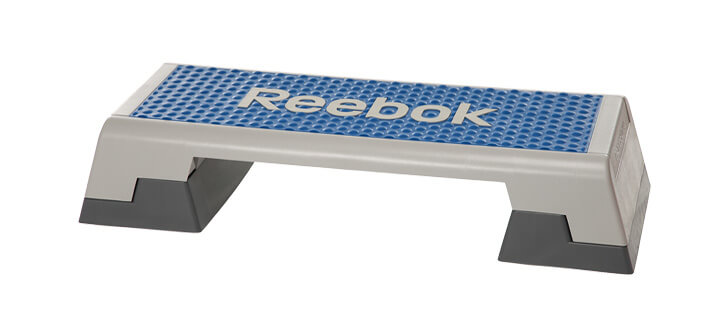
Step platform. Designed to perform exercises such as striding, jumping, jumping, push-ups, squats, lunges, abs and many others. The simplicity of the design allows the platform to be used for both strength and functional training. Interchangeable stops allow you to increase or decrease its height, which also allows you to significantly expand the scope of the platform.
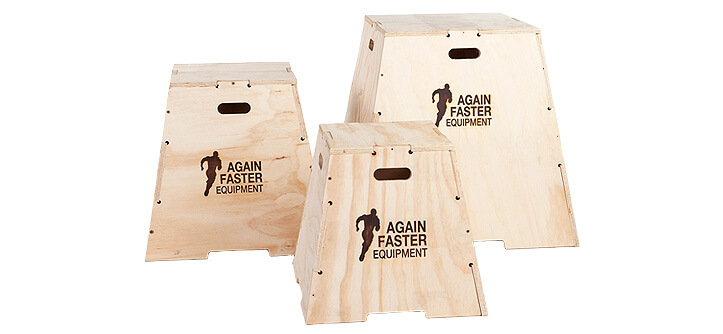
Curbstone. It has a fundamentally similar field of application and approximately the same list of exercises as the step platform, but a significant difference in height and the inability to regulate it suggest a wider use of the curbstone in functional training, and the use of the step platform is mainly in group fitness classes. One way or another, the list of exercises is limited only by the user's imagination.
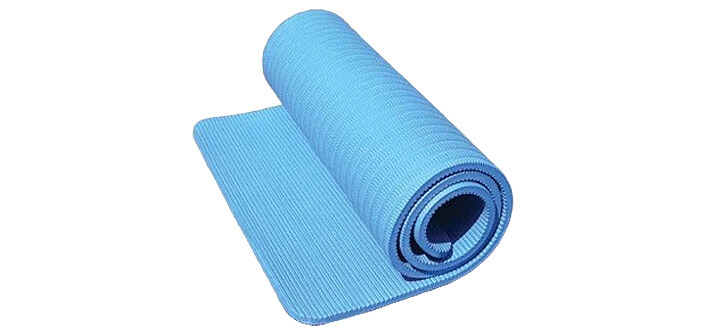
Karemat. First of all, such a "rug" serves as a heat insulator between the human body and the surface on which it is laid. Secondly, it serves to soften the rigidity of contact of the body with a hard or uneven floor. Thirdly, of course, these are considerations of hygiene, so that the body does not come into contact with an aggressive environment (in the case of outdoor activities). It is used in almost all sports: fitness, physical education, strength and functional training and many others.
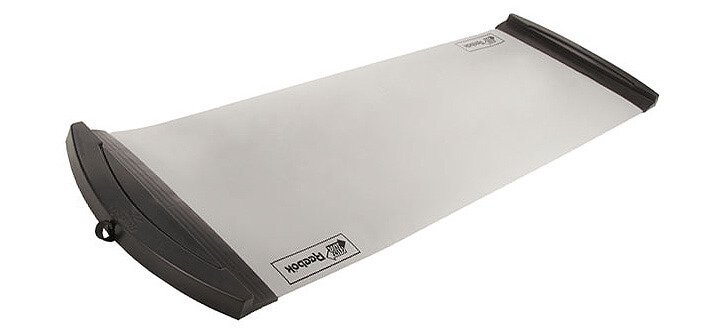
Slider. The classic name is sliding track. The invention is used for aerobic exercise to burn calories. It is also used for rehabilitation purposes to restore the normal functioning of the musculoskeletal system. The principle of operation of the mat consists in a special surface and shoe covers that allow you to perform sliding movements like in skiing or speed skating.
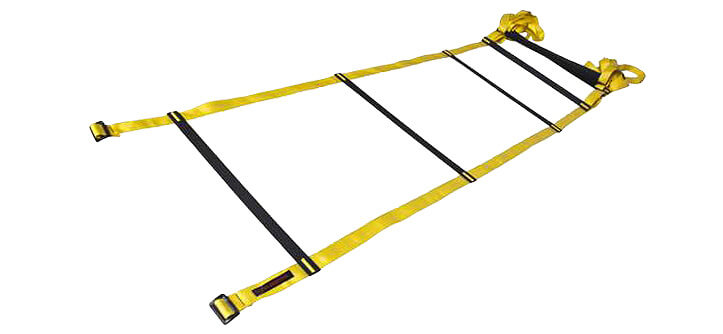
Coordination ladder. An ingenious sports equipment in its simplicity that develops speed, balance, endurance and coordination. Everyone can engage in it, regardless of the level of training, it is used in any sport to develop the above qualities. Allows you to perform literally any combination of exercises, including squats, jumps, snatches, steps, lunges, both with your own weight and with any weights.
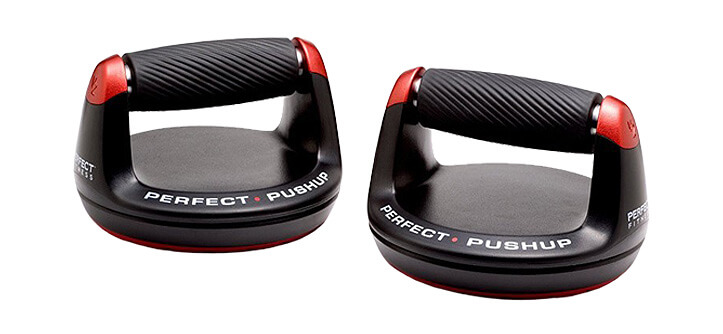
Push-ups As the name says, they are intended by and large, exclusively for one purpose - to perform push-ups. The very essence of the stops lies in the fact that a higher position of the arms allows you to lower the body lower, thereby more stretching the working muscles. However, stops are often used for other exercises as well. By installing them on two adjacent hills, you can perform push-ups on the uneven bars, leg raises, etc.
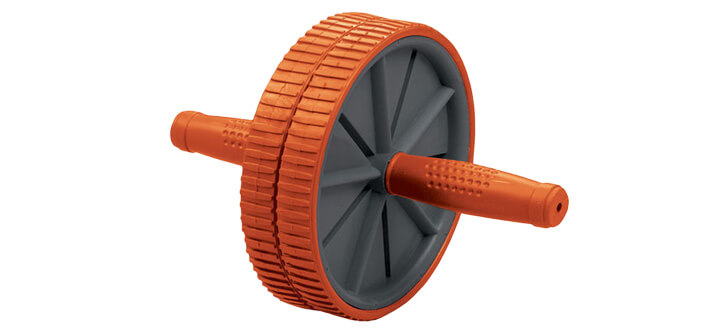
Press roller. No less unique design than others presented here. Its uniqueness lies in the combination of ease of movement and a large number of muscle groups that it uses during the exercise. It involves the entire upper body - shoulders, arms, chest and back muscles. Fully utilizes the press - its upper and lower parts. It also slightly engages the glutes, quads and hamstrings.
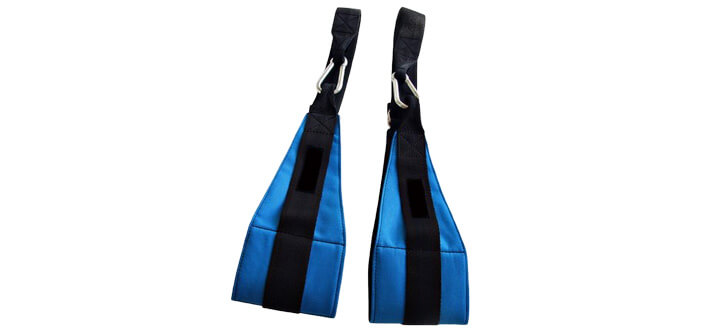
Beres loops. Classes in such loops are aimed at strengthening the musculoskeletal system, due to the fact that the exercises performed include practically all the muscles in the body. The simplicity of the design and the presence of carbines, firstly, allow them to be used almost anywhere (at home, in the country, at work), and secondly, the flexibility of the design allows you to perform exercises on almost all muscle groups: legs, back, chest, biceps, triceps and muscles press.
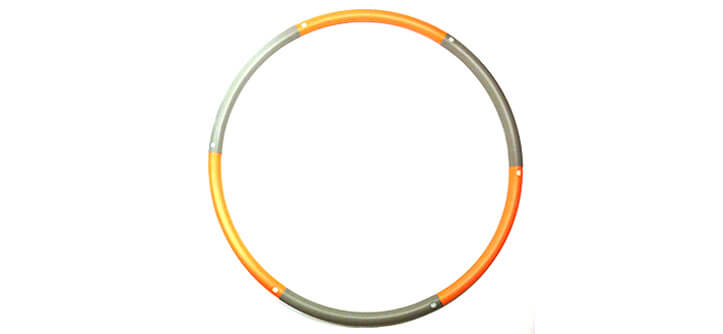
Hoop. The hula hoop, familiar to everyone from childhood, is able to engage many muscle groups, such as the abs, back, glutes and calves. It activates and enhances blood flow in areas in contact with the work surface. And due to the fact that oxygen carried by the blood is a natural oxidizer of fats, a slimming effect is achieved. In addition, exercise with the hoop provides a gentle massage of the abdominal cavity and improves bowel function.
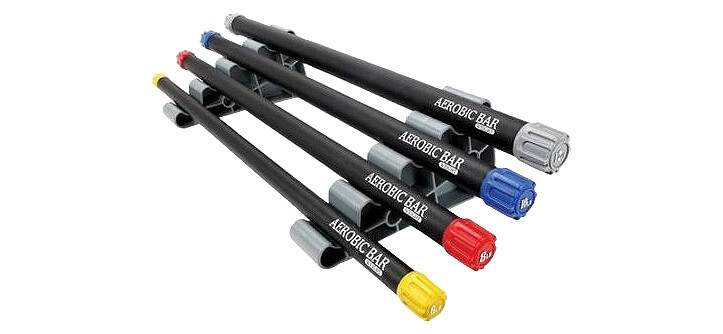
Bodybar. In its classic design, it is a metal rod enclosed in a rubber or plastic sheath. This is a kind of analogue of a barbell - free weight (rather, even a "neck"), only without the possibility of hanging discs. Designed to perform exercises literally on the whole body - squats (legs), bench press (chest), bent over rows (back), arm curls (biceps), arm extension (triceps), twisting and oblique turns (abs) and more.
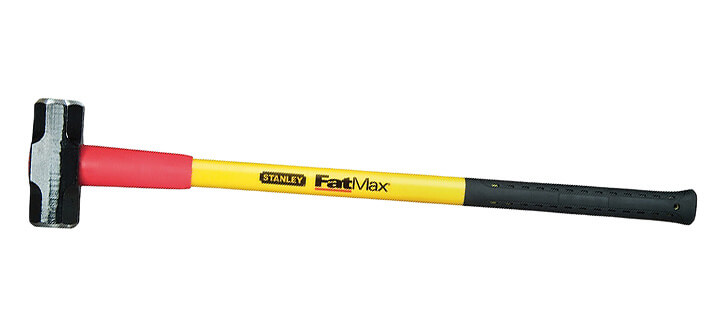
Sledgehammer. Exercises with her have become widespread in martial arts and functional training, but not only. It involves practically the entire body. Striking a tire trains strength, endurance and technique. Exercise uses the arms (shoulders, biceps, triceps, forearms), core (lats, psoas, serratus, rectus and oblique abdominis muscles), and legs (glutes, quads, hamstrings, and calves).
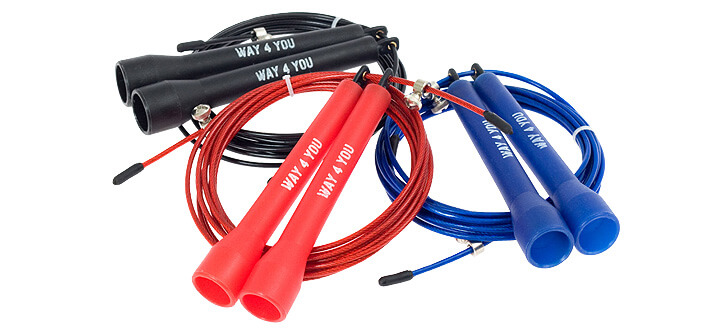
Jump rope. Another super popular invention, known to everyone, and widely spread in almost all sports. Jumping rope exercises develop endurance, coordination, cardiovascular function, weight loss, muscle strength and make the body slim and fit. Jumping rope can be incorporated into strength, cardio, or functional training regardless of your fitness level.
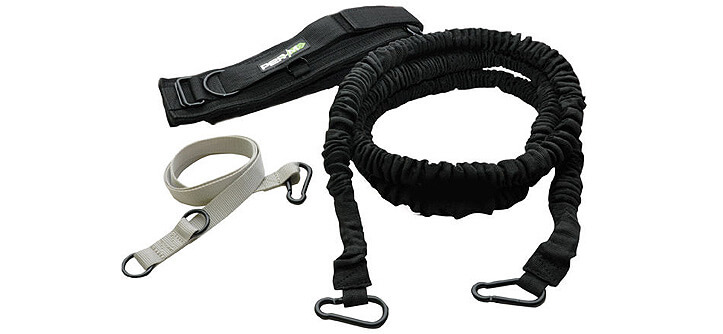
Leash. Used in many sports to train strength, speed, endurance, motor coordination and interaction and resistance skills between two athletes. At one end, the leash is fastened to the athlete's belt, with the other it can be fastened both to the movable platform on which the weight is fixed, and to the weight-block simulator and to the other athlete with the other end for joint pair training.
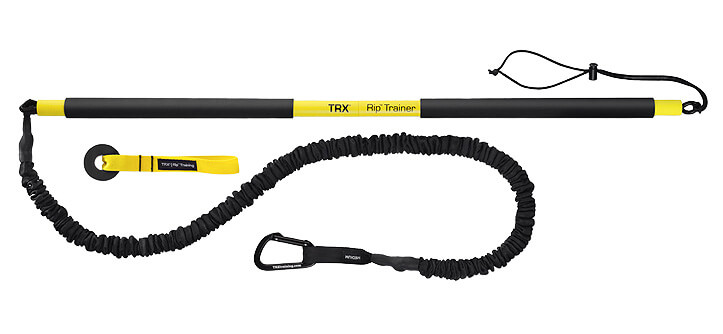
TRX rip. A device designed to perform exercises on the principle of vector loading. By securing the end of the rubber cable with a carabiner and grasping the bar with both hands, you can perform rotational, pulling, pressing and many other movements typical of hockey, tennis and other sports with a load on one side of the body. At the same time, by attaching a carabiner to the other end of the bar, you can significantly expand the arsenal of exercises.
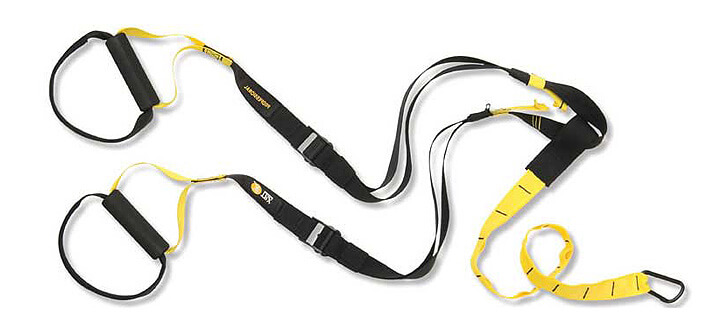
HingesTRX. A popular invention, ingenious in its simplicity and originally developed for military purposes, so that soldiers can perform training for all muscle groups in literally any conditions, be it a desert, forest, urban area, and so on. By attaching the straps with a carabiner at a certain height, you can perform many exercises on the legs, back, chest, arms (biceps, triceps, shoulders) and also the press (rectus and oblique abdominal muscles).
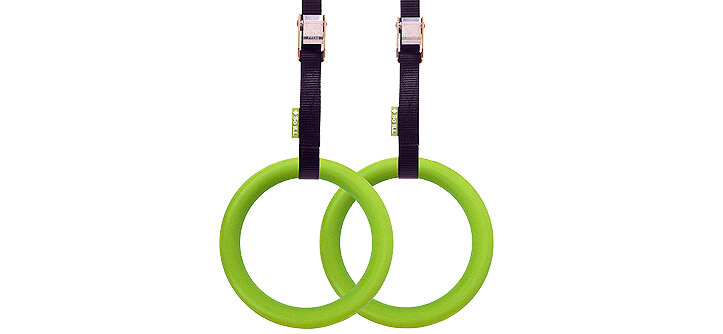
Rings. A gymnastic equipment that came to fitness clubs from the sport of the same name. Often used in physical education and functional training. Ring exercises help develop strength, flexibility, endurance and coordination. Loose rings make the exercises much more difficult, which in turn greatly increases their effectiveness. Hanging them at different heights, they can serve as a kind of analogue of the TRX hinges.
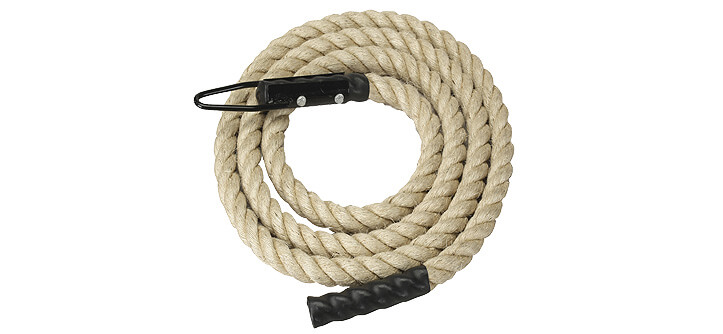
Rope. For its high efficiency, it has earned itself honor, respect and widespread use not only in school gyms, but also in the fitness industry and even beyond. The rope suspended from the ceiling can be climbed with the whole body, or only with the help of hands. Exercise with a freely suspended apparatus, as mentioned above, significantly increases both the complexity and efficiency of the exercises.
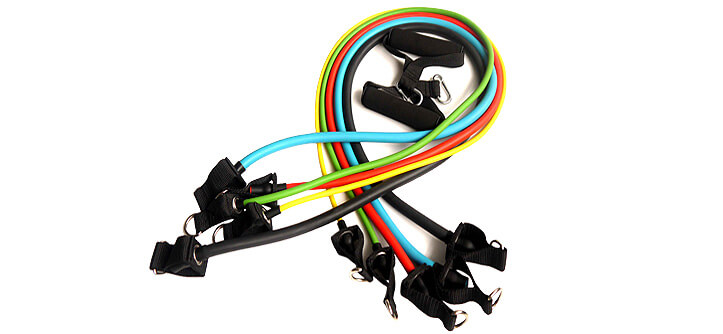
Expander with handles. Such a set of expander includes ropes of various diameters and densities, capable of exerting a force from 2 to 43 kg. They are used both for training and for warm-up, stretching, warm-up and cool-down in the training process. Simplicity of design, light weight, small volume of occupied space have provided such an expander with wide popularity in physical education, fitness, bodybuilding, functional training and many other sports.
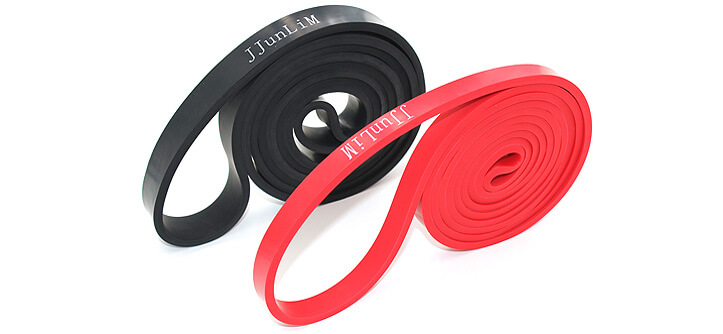
The expander is circular. The semantic load is similar to the previous representative and differs in even greater simplicity, since it is a usual elastic ring-shaped elastic band. Such resistance bands are also available with different densities and forces produced, they are also designed for warm-up, stretching, cool-down and direct exercise, therefore they have also gained great popularity in many sports.
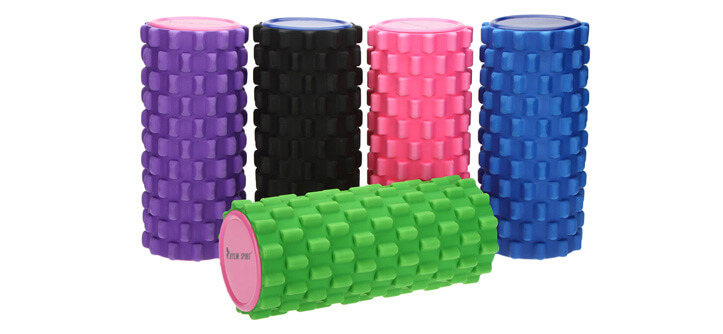
Grid roller. This is, without exaggeration, a device for self-massage. It is most popular among athletes of all sports, as it allows you to relieve stress after training. Rolling such a roller over the body, or under the weight of the body, helps to relax and stretch muscles and tendons, as well as relieve tension in soft tissues. Simplicity of design, ease of use and low price have made this massager very popular.
Conclusion
Of course, the market for sports equipment is constantly growing, and we are not able to cover it completely, nevertheless, here we have considered its most popular representatives. You may or may not use it based on personal preference. You can believe or not in the effectiveness of the use of the above devices, it all depends on you. Anyway, we can say with confidence that the market growth is provoked by the growth of demand and interest from users, which in turn encourages manufacturers to conduct new research and create new products that can make your workouts better and more effective.
